WTF is Game Theory?!
For the longest time, I've wondered what Game Theory actually is. When people throw it around in conversation I nod my head and avoid specifics.
"Oh yeah, you're right Game Theory is super important. Interesting stuff. So what do you think about it?"
Politicians, military strategists, and even biologists lean on game theorists to understand how the world works and navigate difficult situations. As of 2014, eleven game theorists have won the Nobel prize for economics. Not to mention, the movie A Beautiful Mind - written about famous game theorist John Nash - won four Oscars!
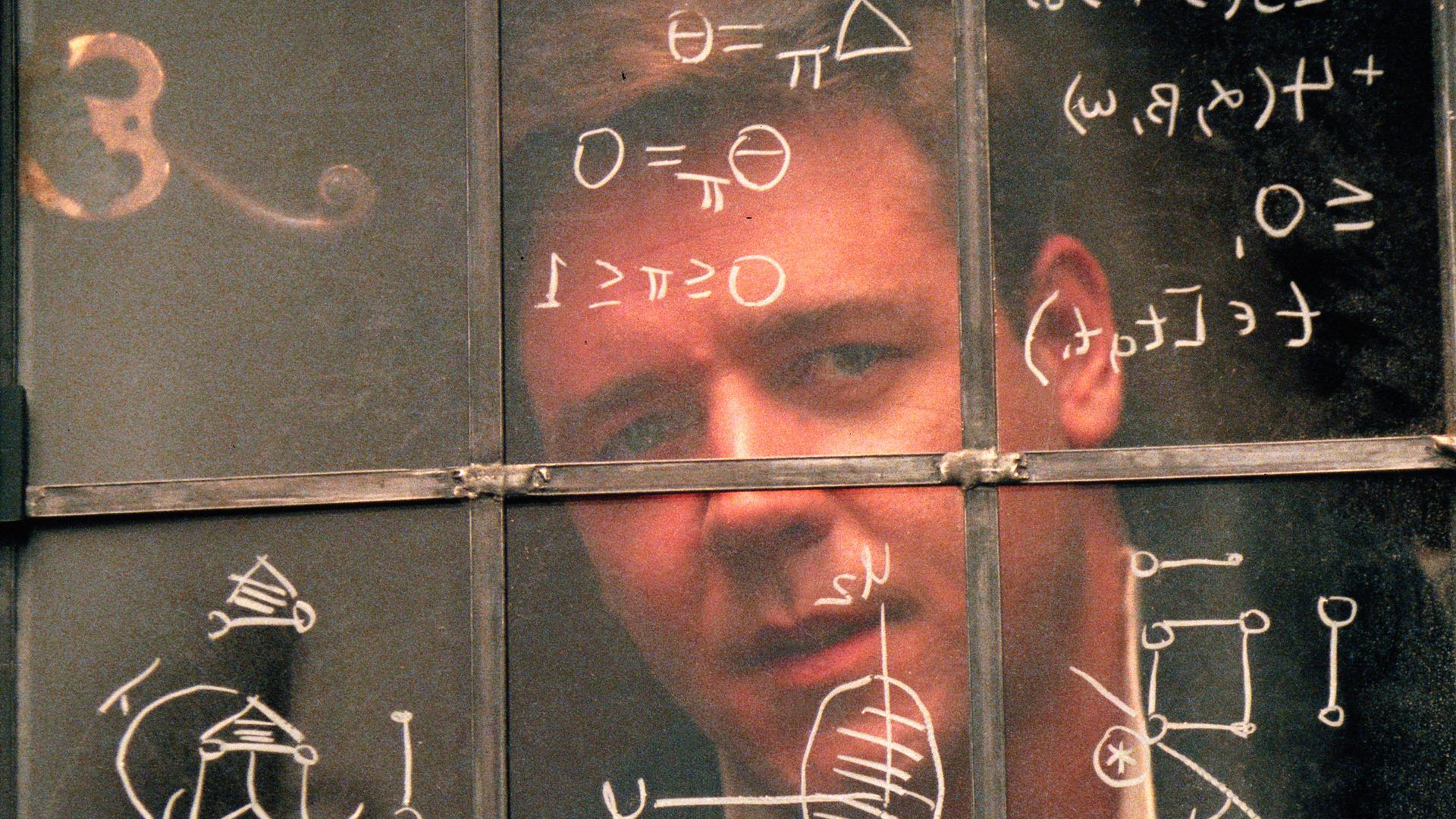
Clearly people way smarter than me are paying attention, but what is it actually?
I figured it had something to do with probability... and the way people do things... is it somehow related to the Butterfly effect? Games are involved I think... and chaos, definitely lots of chaos. Okay, so maybe it's time to stop guessing and figure it out.
- What is Game Theory? How does it work?
- Why are smart people always talking about it?
- Who are the leading game theorists today? How are they using it?
- How can it impact my life?
The basics of Game Theory
Game Theory is a method of using math to analyze interactions between people. It's part of a field called applied mathematics which is pretty much exactly what it sounds like... math applied to real-world stuff.
You start by building a mathematical model of a situation (called a game). Then, by applying the principles of game theory, you can find the optimal strategy... and prove it.
The classic example used to demonstrate the basics is the prisoner's dilemma.
You and your sister break a super expensive lamp. Because you're loyal siblings (and snitches get stitches) no one rats anyone out right away.

But your parents are savvy and determined to find out who did the crime. So they separate the two of you and give you a deal.
If you give up your sibling, you go off scot-free and they get grounded for 10 months. But, if you both give up the other person then your parents will ground you both for 5 months. Finally, if you both stay quiet, your parents won't know for sure who did so you'll both get grounded for 2 months.
We start by building a model using a matrix to chart out the possibilities. For the purposes of this game, we'll call the siblings something random like... Andrew and Abby... because this is definitely not a real thing that happened.
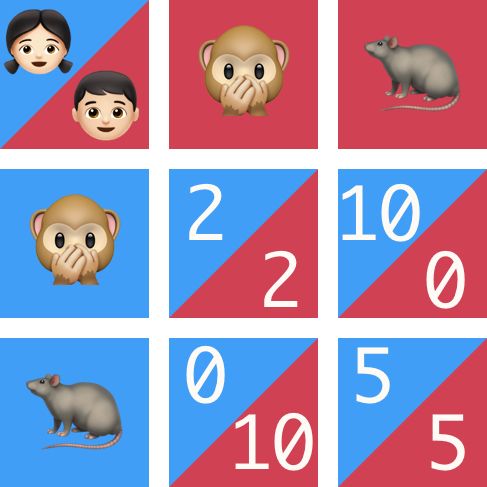
Now, looking at this you might think the best outcome is for both parties to stay quiet. After all, that results in the lowest total amount of punishment time.
But in game theory, you assume that each player is acting in their own best interest. This means you look for the move that results in each player's best outcome, regardless of the move their opponent selects.
So the optimal outcome is actually for both players to snitch. This is the Nash equilibrium. The Nash equilibrium occurs when no player has an incentive to deviate from their strategy when considering the actions of the other player or players.
Basically, assuming the other player sticks with their decision, no player should have a reason to switch. In this case, the Nash equilibrium is also the strictly dominant strategy, meaning that the player's move is the best for them regardless of what anyone else does.
It's tricky to spot the difference so here's another example. Which side of the road do you drive on? There is no strictly dominant strategy because you can't make a smart choice without knowing what the other players are doing. If you drive on the right every time you'll be great in the US and royally screwed in the UK. But there are two Nash equilibria. Everyone drives on the left, or everyone drives on the right.

In both cases, if the other players' choices are revealed to you then you would have no incentive to switch. So the game is at equilibrium.
To quickly find the Nash equilibrium or see if it even exists, reveal each player's strategy to the other players. If no one changes his strategy, then the Nash equilibrium is proven. - James Chen, Investopedia
If Abby snitches and Andrew doesn't, then she gets 0 months (which is better than 2). If Andrew snitches, and she doesn't then she could end up with 10 months... but if she snitches as well she only gets 5. So the best move is to rat out the other player.
Competitive vs cooperative game theory
The prisoner's dilemma is an example of a competitive game. The players are competing against each other and looking out for their own best interests.
The prisoner's dilemma is a competitive game. It's also a finite and unstable game, meaning that there is an end and that the players can't trust each other. Check out Simon Sinek's awesome talk on game theory and the Cold War to learn more about finite vs infinite games.
Game theory has 2 main branches - competitive and cooperative. In cooperative games, everyone has agreed to work together towards a common goal.
Since everyone is working together, the goal of game theory shifts. The goal is no longer to find the best outcome for one individual. The question becomes how much each individual should contribute and what they should gain from their contributions. In other words, what's fair?
I'll borrow an example from SciShow's video on game theory to explain cooperative games.
You and your friends decide to get together to bake cookies for a bake sale. You and your friends are each players in a cooperative game, and together you make up a coalition.
The contribution of each player is determined by what is gained or lost when removing them from the game, this is called their marginal contribution.
So if you get sick for a day and the group produces 50 fewer cookies then your marginal contribution is 50 cookies.

Cooperative game theory has a handful of axioms:
- If two players bring the same thing to a coalition they should have to contribute the same amount and be rewarded equally. In other words, interchangeable players have equal value.
- Dummy players have zero value. If members of the coalition contribute nothing, then they should receive nothing.
- If a game has multiple parts, cost or payment should be different for each part (think divvying up the bill at 2 different restaurants. you don't want to pay the same at the less expensive place for no reason)
If you find a way to divvy up the costs or payment that satisfies all of those axioms then that's the Shapley value.
Let's go back to our cookie example to demonstrate.
In an hour you can bake 10 cookies and your friend can bake 20 cookies. But when you team up you become a super-efficient cookie baking machine and together can make 40 cookies!
You sell each cookie for $1. How do you divide up the loot?
You can make 10 cookies an hour. If you subtract that from the total their marginal contribution to you is 30 cookies (you get 30 more cookies when you work with them compared to working by yourself).
Do the same thing from their perspective and your marginal contribution to them is 20 cookies.

To find the Shapley value you average those two numbers together and voila! The Shapley value says that you should get $15 and your friend should get $25. In other words, that's what's fair.
In a competitive situation, game theory can tell you how to be smart and in a cooperative situation game theory can tell you how to be fair. -Sci Show
There are valid reasons to ignore or dispute the Shapley value. The most obvious comes down to the idea of "dummy players." One of the axioms you use to find the Shapley value is that players who contribute nothing should receive nothing.
But should that always be how you handle things? What if a player in the game is disabled? How do you quantify more ephemeral contributions, like emotional support?
Game theory in the real world
Before I started my research for this project I had this idea that game theory could somehow be used to predict the future, or at least tell me in real-time how to handle a complex situation.
The better way to view game theory is as an area of study. Consider philosophy. You use philosophy to study past events and explore hypothetical scenarios. Then, when you're faced with similar situations in real life, you can fall back on what you learned. You aren't plugging the situation into a philosophy calculator, you're just referring back to principles you built up over time.
Game theory is useful in the same way. There's rarely an economist sitting in the situation room at the White House building out a model to determine whether or not the president should go to war RIGHT NOW. Instead, academics break down past events so that we can learn from them. Then we can apply these learnings to every aspect of our lives.
The Israeli game theorist Ariel Rubenstein compares game theory models to fables.
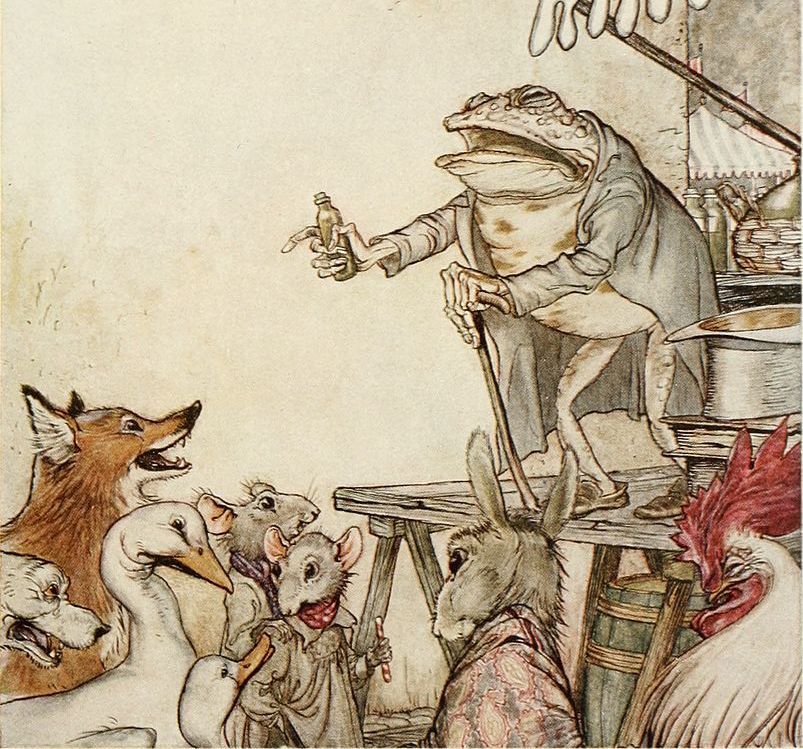
"Are fables useful or not? In some sense, you can say that they are useful, because good fables can give you some new insight into the world and allow you to think about a situation differently. But fables are not useful in the sense of giving you advice about what to do tomorrow, or how to reach an agreement between the West and Iran."
Where can you go to learn more?
What Game Theory teaches us about war is Simon Sinek's TED talk about game theory and the Cold War dives into the difference between finite and infinite games.
The best books on Game Theory includes an interview with Rubenstein as well as his recommendations for 4 books to read to dive deeper and a call for one book to be written. You can also read Rubenstein's full paper on the problems with game theory.
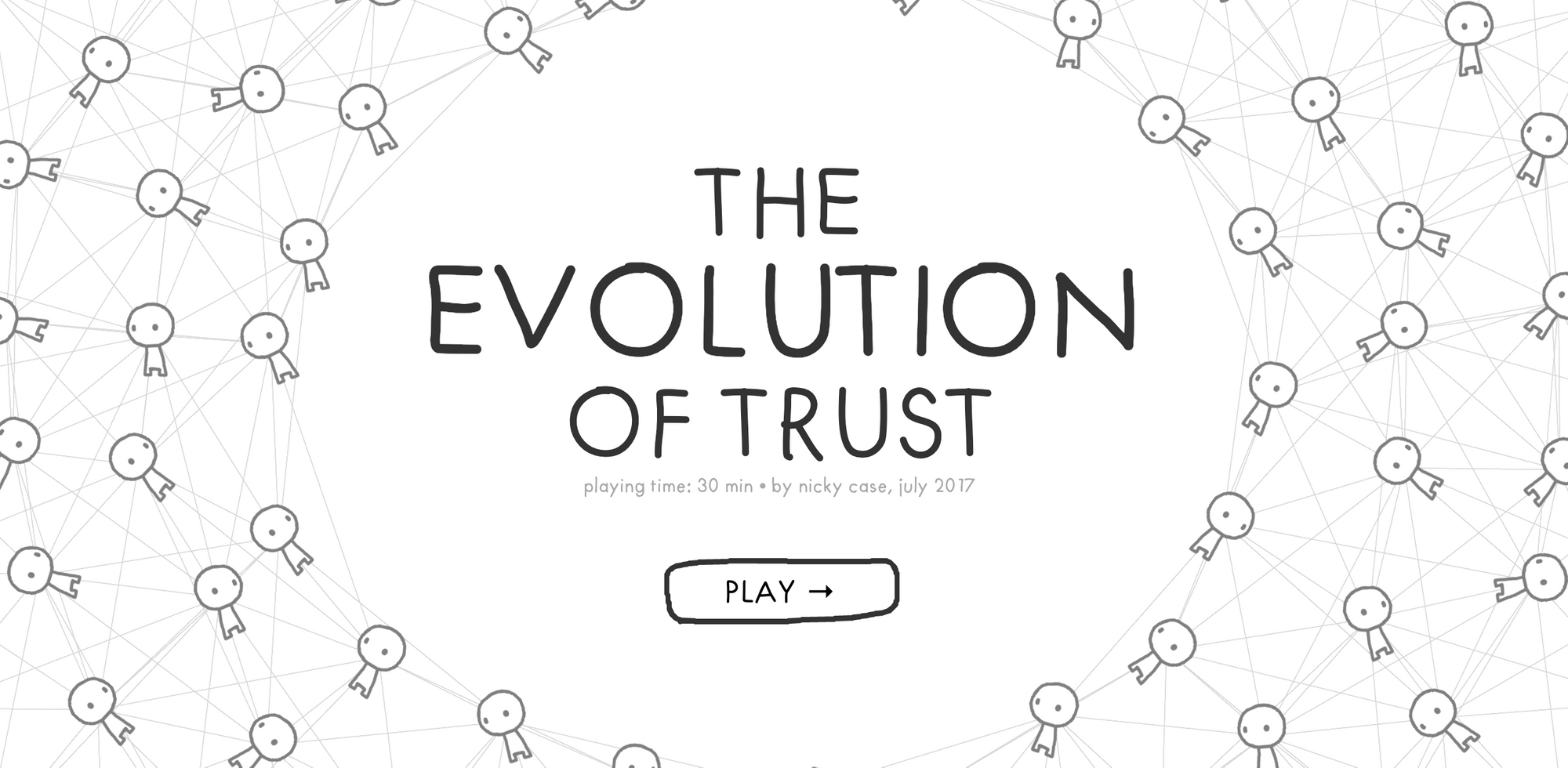
The evolution of trust is an awesome game from Nicky Case that demonstrates the finer points of game theory and just how complicated models can become.
The science of decision making is the video from Sci Show that I referenced earlier in this article. It does a great job of explaining the basics of game theory although several commenters pointed out a mistake in their explanation of the Nash equilibrium.
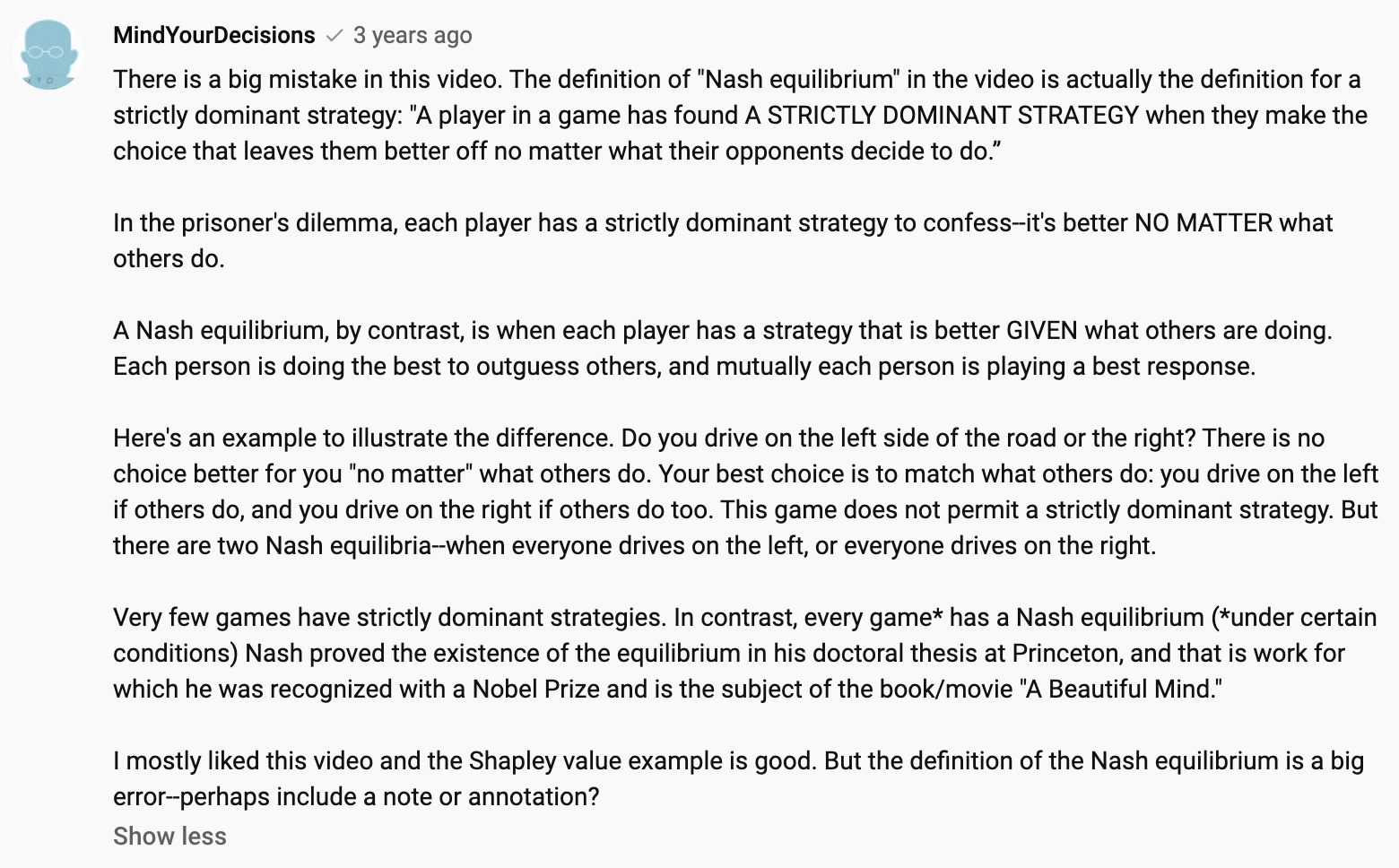
Finally, if you want to go deeper, you can take this free course from expert game theorists on Coursera. In the course, they get into the math behind models and how computer science is used to model complex games.
